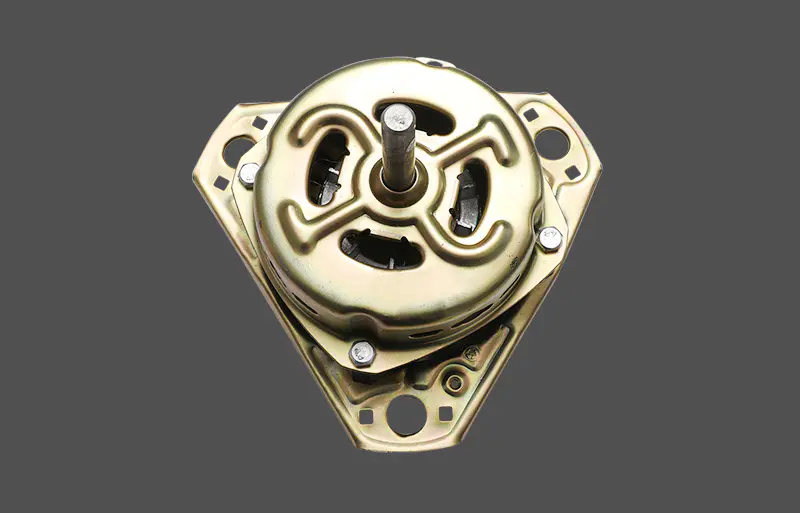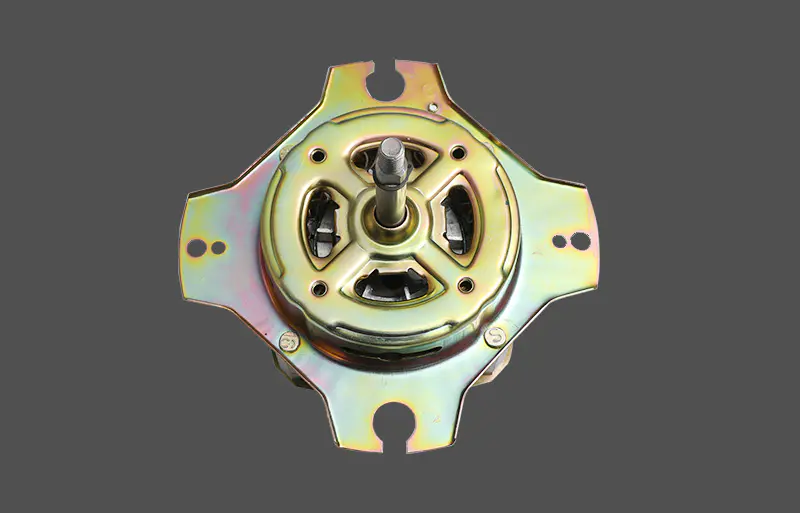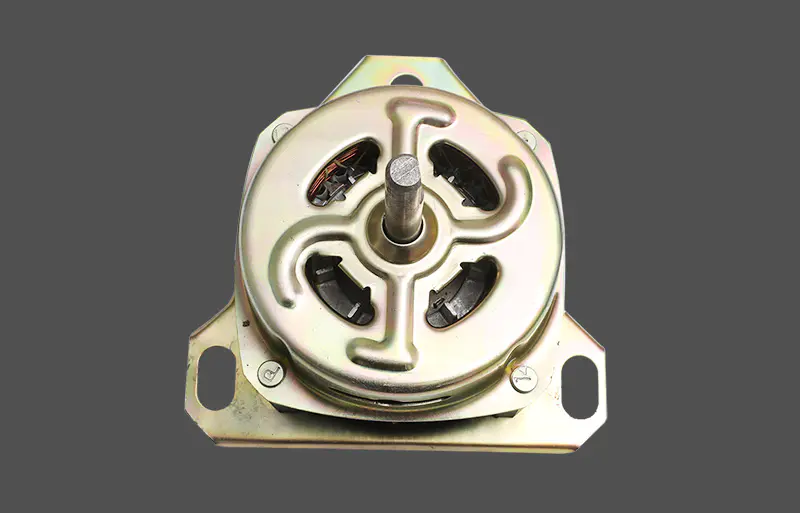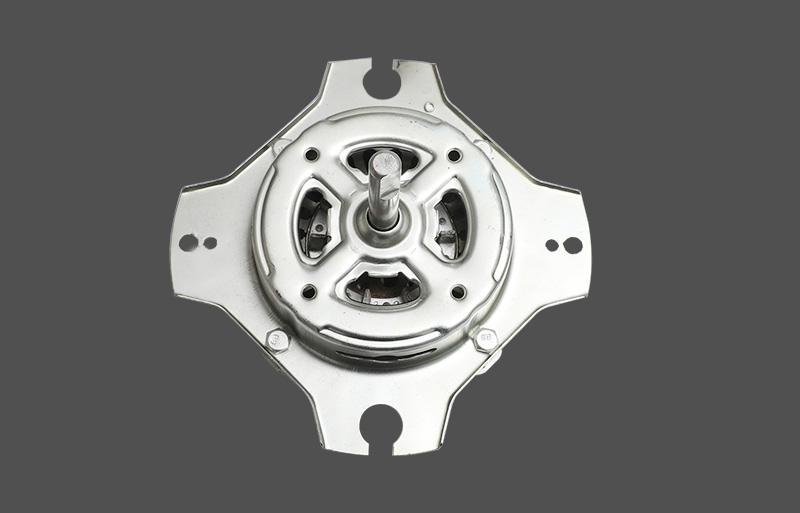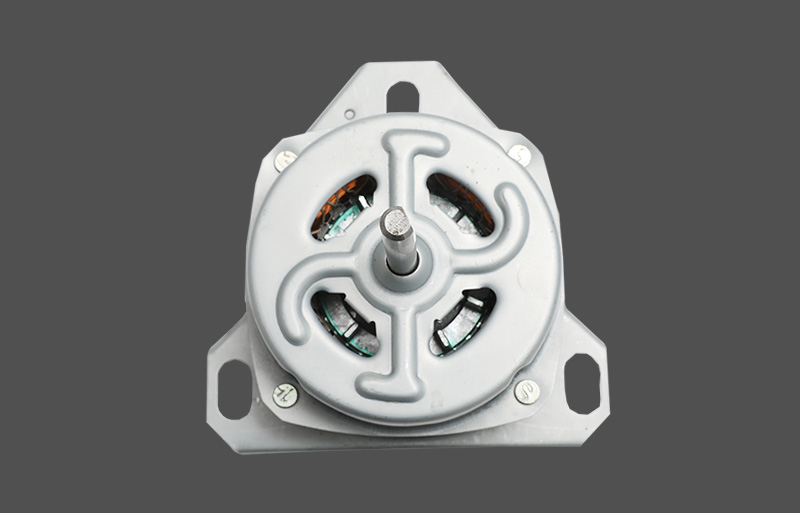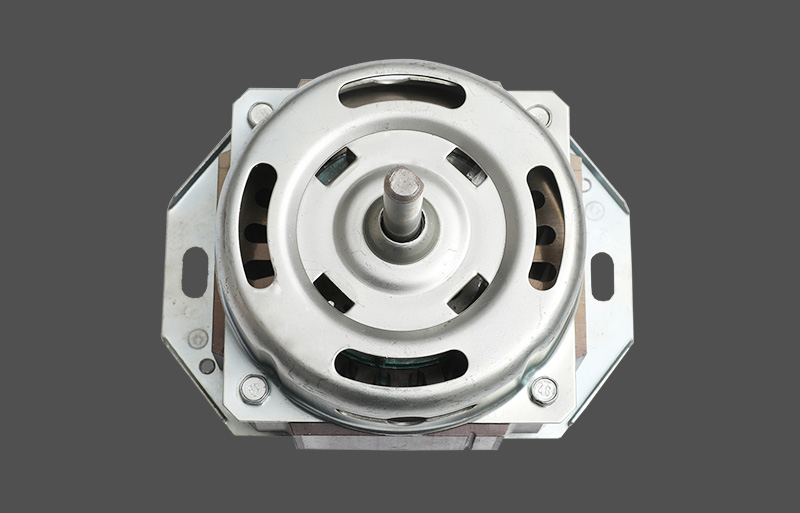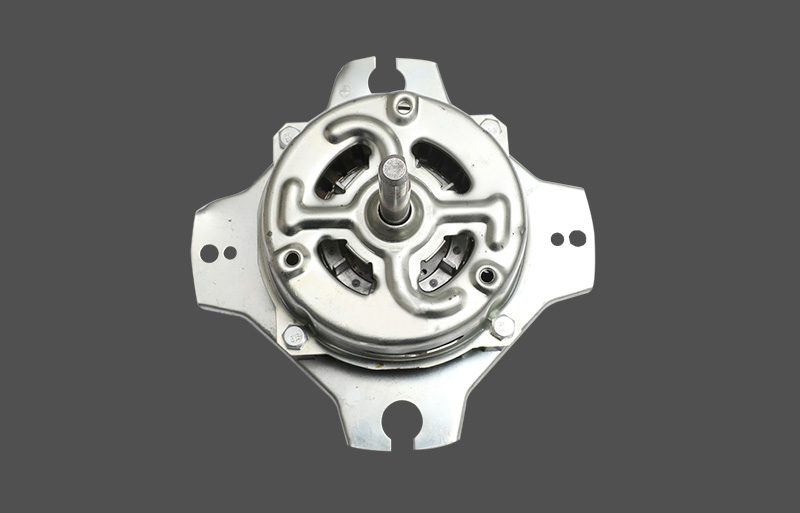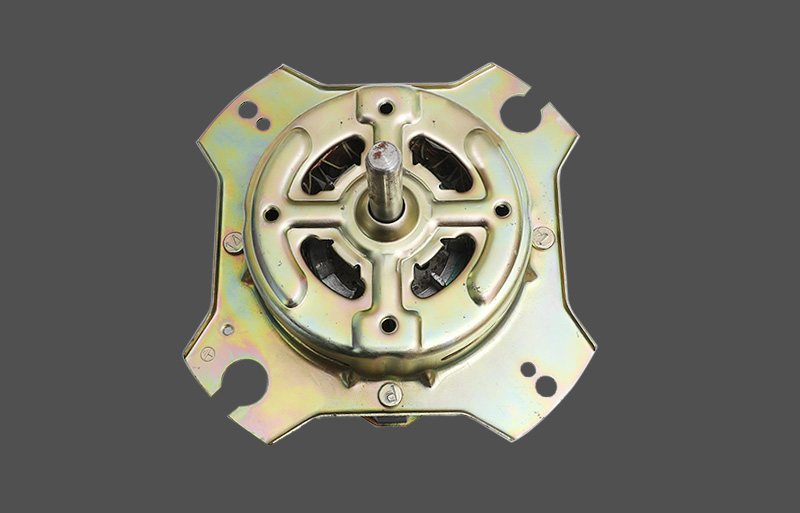As a typical motor-driven household appliance, the operating noise of washing machines has always been one of the important indicators for measuring product quality and user experience. Abnormal motor noise during the operation of washing machines often not only affects the user experience, but may also indicate wear, failure and even potential safety hazards of internal components.
Bearing wear or insufficient lubrication
As the most critical rotating support component of the motor, the operating state of the bearing directly determines the noise level of the motor. Under long-term operation or high-load conditions, the balls and raceways inside the bearings may have increased friction due to metal fatigue or drying of the lubricating oil, resulting in obvious whistling, low-frequency vibration or metal impact sound. Inferior bearings or poorly sealed bearings are more likely to be infiltrated with water and dust, accelerating wear. High-end washing machines usually use closed ball bearings and are equipped with high-temperature grease to extend life and maintain low-noise operation.
Poor rotor dynamic balance
If the rotor is unevenly distributed in mass or assembled eccentrically during high-speed operation, centrifugal imbalance will occur, forming periodic vibration and humming. The causes of rotor imbalance may include magnetic steel sticking offset, rotor core eccentricity, balance block shedding or improper assembly during maintenance. Minor imbalance can be corrected by adding a balance ring, and in severe cases, the rotor assembly needs to be replaced. The dynamic imbalance of the rotor is particularly significant in variable frequency high-speed motors, and the processing accuracy and assembly process must be strictly controlled during the production stage.
Friction between the motor stator and rotor
When the gap between the stator and rotor of the motor becomes smaller or eccentric, it is very easy to produce metal collision or intermittent friction sounds. Common causes of this type of failure include shaft deflection caused by bearing damage, motor housing deformation, shaft bending, or stator installation eccentricity. This type of noise is often intermittent and changes with the speed, accompanied by a sense of vibration. The source of the problem should be accurately located by manual rotation, stethoscope, and disassembly inspection.
Foreign matter enters the motor
During the long-term use of the washing machine, foreign matter such as internal fluff, metal chips, and plastic fragments may enter the motor through the gap, especially in designs with poor sealing. These foreign objects are driven by the rotor during the operation of the motor to produce scraping sounds, hitting sounds, or periodic "click" sounds. To prevent foreign matter from intruding, the design should adopt a closed structure, motor protection cover and dustproof solution with IP level reaching IPX4 or above.
Electromagnetic noise
During operation, washing motors will generate electromagnetic noise due to asymmetric electromagnetic excitation, changes in winding magnetic field or current harmonics, especially in permanent magnet synchronous motors (PMSM) or brushless DC motors (BLDC) using variable frequency control. High-frequency harmonics generated by PWM control, improper setting of inverter carrier frequency, and drive waveform distortion can cause howling or sharp high-frequency noise. Optimizing PWM frequency, improving the filtering ability of the driver board, and improving the number of winding turns and stator slot shape can effectively reduce such noise.
Poor motor installation or loose base
Washing motors are usually connected to the body through screws and shock-absorbing rubber pads. When the fixing structure is loose or the rubber pad is aged and failed, the motor will produce a slight shake during operation, resulting in mechanical impact with the shell, which is manifested as resonance sound, abnormal sound or "bang bang" sound. At the same time, if the motor base is not installed horizontally or is eccentric, it is easy to produce large vibrations and resonance sounds during the high-speed spin stage. Standardization of installation technology and consistency of structural parts precision are the key to reducing such failures.




